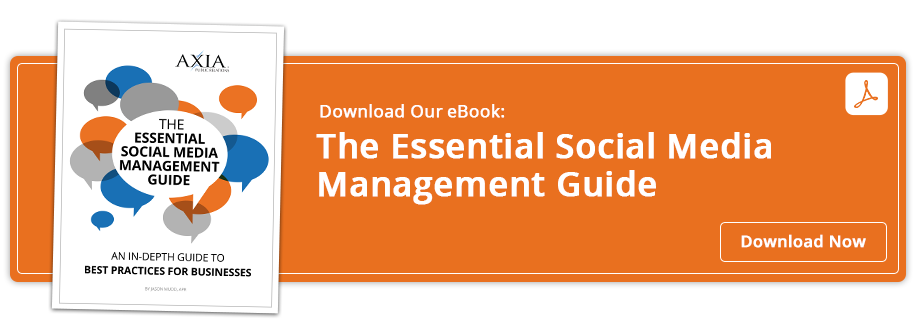Understanding the differences of PR monitoring, measurement, and evaluation
By Emily BarrettApril 14, 2021
Three essential tools to evaluate your PR campaign’s success

Measuring, monitoring, and evaluating your corporate communications and public relations campaigns will allow them to evolve and improve. Assess your current strategy to determine if it’s working or if you need to take another approach.
If you have an unsuccessful campaign and you don’t know because you never measured it, how can you call your company successful? You need to put in the work and measure, monitor, and evaluate your tactics to see if it’s successful and providing an ROI.
Measurement, monitoring, and evaluation are not the same processes, and each of them informs you of different results. Learn the key differences among them and how to use each one properly.
Monitoring
Monitoring should not be confused with measurement. Monitoring is a process by which data is systematically and regularly collected about a program over time. Some examples of platforms you might use to monitor your campaigns are Google Alerts, tweet deck, Hootsuite, and Meltwater. Use notifications to watch your engagement and follow or check the analytics on your social media monitoring platforms.
Measurement
Measurement is a way of giving a PR tactic or campaign a precise dimension, generally by comparing it to a standard. This is usually done in a quantifiable or numerical manner. An example would be survey research.
Evaluation
Evaluation is a form of research that determines the relative effectiveness of PR campaigns or programs by measuring them. An example would be a custom integrated dashboard.
These methods are used together to determine whether a PR tactic or campaign should be continued as is, revised, or dropped for another approach. Without these three tools, your campaigns will not be successful in the PR industry.
See also The power of PR measurement with Katie Delahaye Paine | On Top of PR podcast
Photo 91625071 © Vchalup - Dreamstime.com
Topics: measurement, shared media, social media


Comment on This Article